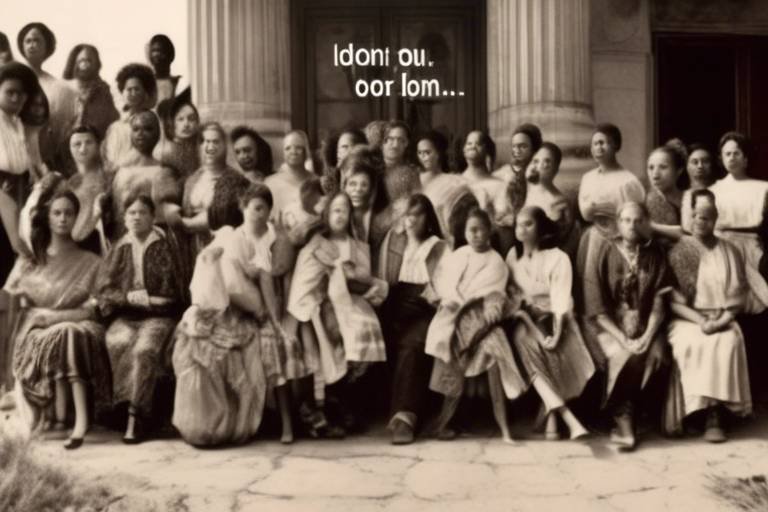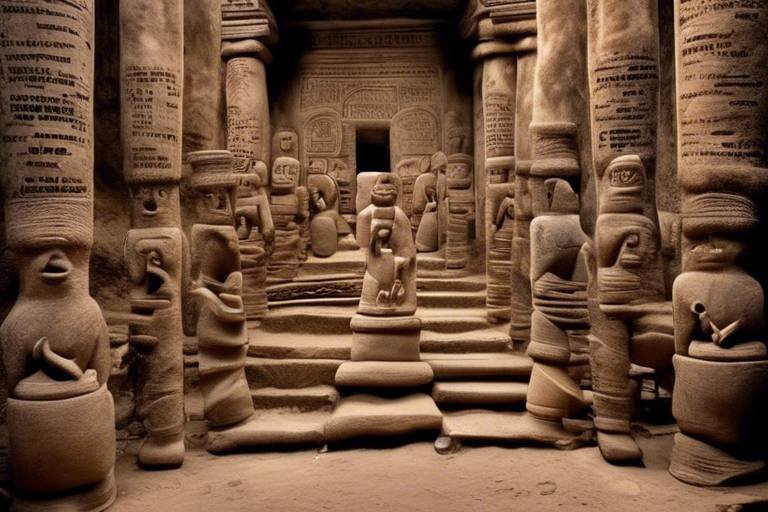The Role of Education in Cultural Heritage Awareness
Educational institutions play a pivotal role in shaping individuals' understanding and appreciation of cultural heritage. By integrating cultural heritage education into school curricula and community programs, students are exposed to the richness and diversity of various cultural backgrounds. This exposure not only fosters a sense of respect and empathy towards different traditions but also cultivates a broader perspective on the world around them.
Through education, traditional practices, rituals, languages, and craftsmanship that are intrinsic to cultural heritage are preserved and passed down to future generations. By instilling pride in one's cultural identity, education acts as a safeguard against the erosion of traditions in the face of modernization and globalization.
Globalization has brought both opportunities and challenges to cultural heritage. While it has facilitated the exchange of ideas and cultures on a global scale, it has also posed threats to the authenticity and uniqueness of local traditions. Education equips communities with the knowledge and tools to navigate these challenges, empowering them to protect and promote their cultural heritage in a rapidly changing world.
Cultural diversity is a cornerstone of human society, and education serves as a bridge that connects individuals from different cultural backgrounds. By promoting intercultural dialogue and understanding, education breaks down barriers, fosters mutual respect, and celebrates the richness of diversity. Through education, stereotypes and prejudices can be challenged and dismantled, paving the way for a more inclusive and harmonious society.
Museums, cultural institutions, and heritage sites play a crucial role in cultural education by providing tangible experiences that bring history and heritage to life. These institutions serve as repositories of cultural knowledge, offering insights into the past and inspiring curiosity about different cultural practices. By engaging with these spaces, individuals can deepen their appreciation for the importance of preserving cultural heritage for future generations.
Empowering communities through education involves equipping individuals with the skills and knowledge to actively engage in the preservation and promotion of their cultural heritage. By fostering a sense of ownership and pride in their cultural identity, education empowers communities to take a proactive role in safeguarding their traditions and sharing them with the world.
Integrating technology into cultural education opens up new possibilities for engaging with cultural heritage in innovative ways. Virtual tours, online resources, and interactive platforms provide accessible avenues for learning about different cultures and traditions. By leveraging technology, cultural education can reach a wider audience and create immersive experiences that enhance understanding and appreciation of cultural diversity.
Safeguarding intangible cultural heritage, such as oral traditions, performing arts, and social practices, requires a concerted effort to ensure that these invaluable aspects of cultural identity are preserved for future generations. Education plays a crucial role in raising awareness about the significance of intangible cultural heritage and promoting practices that sustain these living traditions.
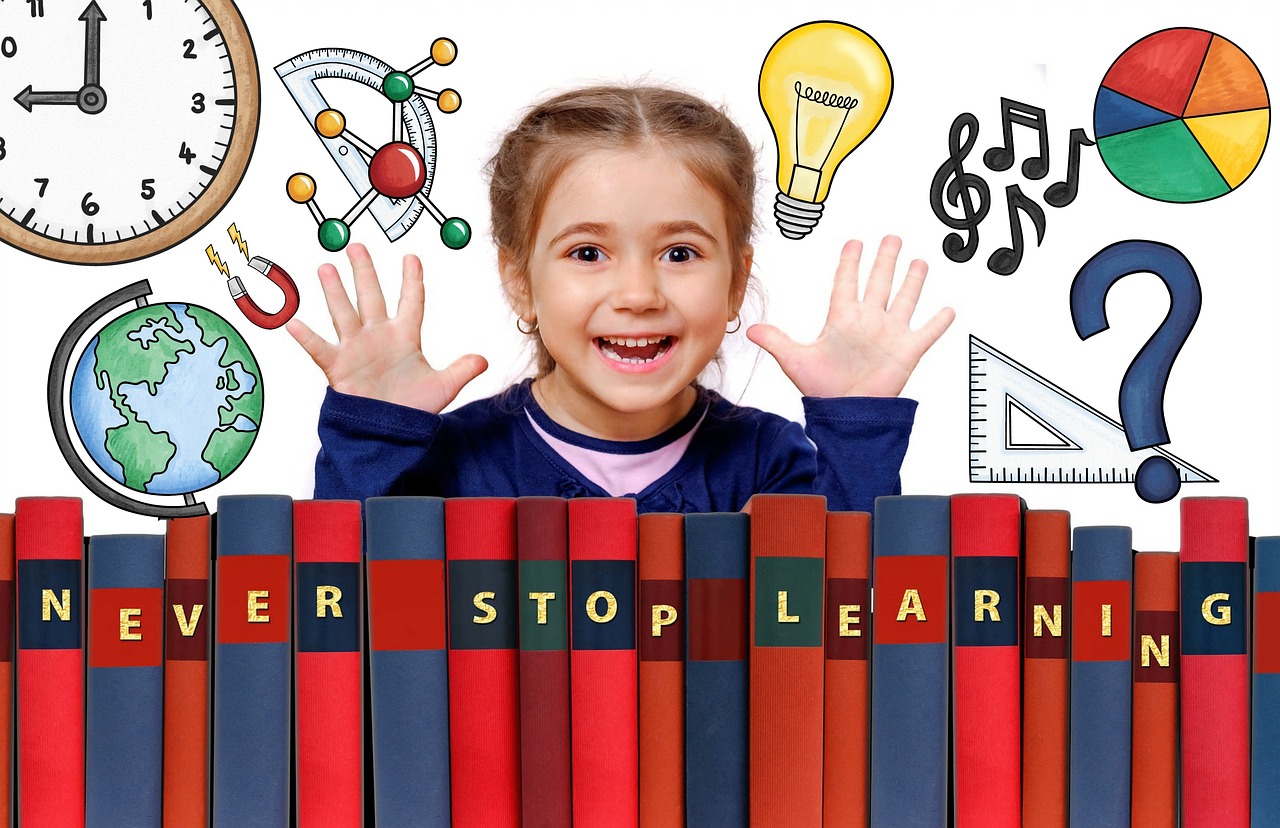
Importance of Cultural Heritage Education
The cannot be overstated in today's globalized world. By integrating cultural heritage education into school curricula and community programs, we can promote a deeper understanding and respect for the diverse cultural backgrounds that enrich our societies.
Through education, individuals are exposed to the rich tapestry of traditions, customs, and beliefs that form the foundation of cultural heritage. By learning about the history and significance of cultural practices, students develop a sense of pride in their own heritage while also gaining an appreciation for the traditions of others.
Furthermore, cultural heritage education plays a vital role in fostering a sense of belonging and identity among individuals. By exploring the roots of their cultural heritage, people can better understand who they are and where they come from, leading to a greater sense of connection to their community and the wider world.
Moreover, cultural heritage education helps combat the erosion of traditional practices and languages that often occurs in the face of modernization and globalization. By instilling a sense of pride and value in cultural traditions, education empowers individuals to preserve and pass down their heritage to future generations.
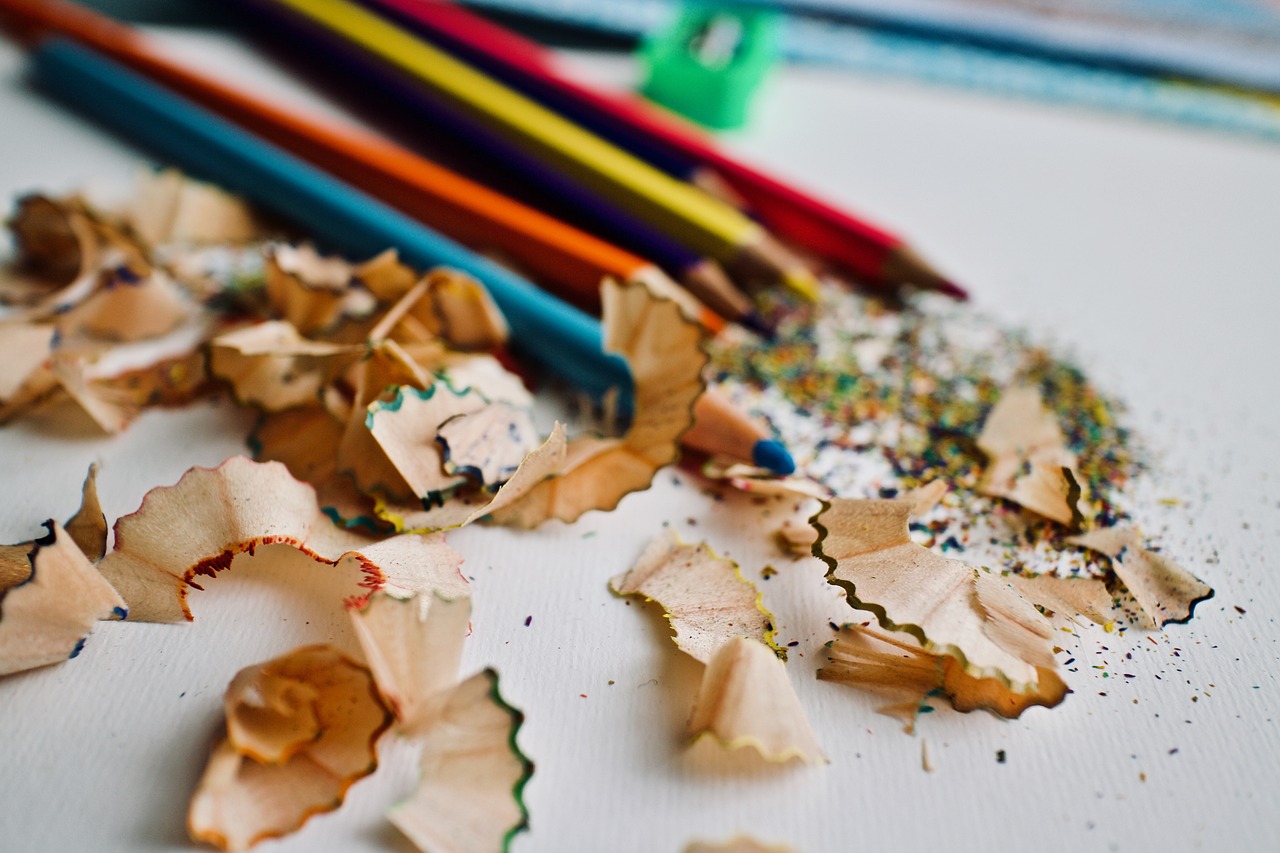
Preservation of Traditional Practices
Preservation of traditional practices is vital for maintaining the richness and authenticity of cultural heritage. These practices encompass a wide range of rituals, customs, languages, and craftsmanship that have been passed down through generations. By preserving traditional practices, communities can safeguard their unique identity and heritage from the homogenizing effects of modernization and globalization.
One effective way to preserve traditional practices is through education. Schools and community programs can play a crucial role in teaching the younger generation about their cultural heritage and instilling pride in traditional customs. By integrating cultural education into curricula, students can learn about the significance of their heritage and the importance of preserving it for future generations.
Furthermore, education can serve as a platform for intergenerational knowledge transfer. Elders within communities can share their wisdom and expertise with younger members, ensuring that traditional practices are not lost over time. This exchange of knowledge fosters a sense of continuity and belonging, reinforcing the importance of cultural heritage in shaping collective identity.
In addition to formal education, cultural institutions such as museums and heritage sites also play a crucial role in preserving traditional practices. These institutions serve as repositories of cultural artifacts and historical knowledge, providing valuable resources for learning about and appreciating traditional customs. Through exhibits, workshops, and interactive displays, museums can engage visitors in immersive experiences that bring traditional practices to life.
Moreover, the revival of traditional practices can have economic benefits for communities. By promoting traditional craftsmanship and skills, education can create opportunities for cultural entrepreneurs to showcase their products and services to a wider audience. This not only preserves traditional practices but also contributes to the sustainable development of local economies.

Impact of Globalization on Cultural Heritage
The impact of globalization on cultural heritage is profound and multifaceted. As the world becomes increasingly interconnected, traditional practices, languages, and customs are often threatened by homogenization and cultural assimilation. Globalization brings both opportunities and challenges to the preservation of cultural heritage, as it can facilitate the exchange of ideas and cultural expressions, but also lead to the erosion of unique traditions and identities.
One of the major challenges posed by globalization is the commodification of culture, where traditional practices and artifacts are often commercialized for mass consumption, diluting their authenticity and significance. This trend can undermine the intrinsic value of cultural heritage and reduce it to mere commodities for the global market.
Furthermore, the rapid spread of digital technologies and media platforms has accelerated the dissemination of cultural products and representations, sometimes at the expense of local and indigenous knowledge systems. As Western cultural norms and values dominate the global media landscape, there is a risk of marginalizing and erasing diverse cultural identities and narratives.
Education plays a crucial role in mitigating the negative impacts of globalization on cultural heritage by raising awareness, promoting cultural diversity, and empowering communities to preserve and celebrate their traditions. By integrating cultural heritage education into school curricula and community programs, individuals can develop a deeper appreciation for their own heritage and respect for the cultural identities of others.
Through education, communities can learn to navigate the complexities of globalization while safeguarding their intangible cultural heritage, such as oral traditions, rituals, and social practices. By embracing technology and innovative educational tools, cultural heritage can be made more accessible and engaging to a wider audience, fostering a sense of pride and ownership among community members.
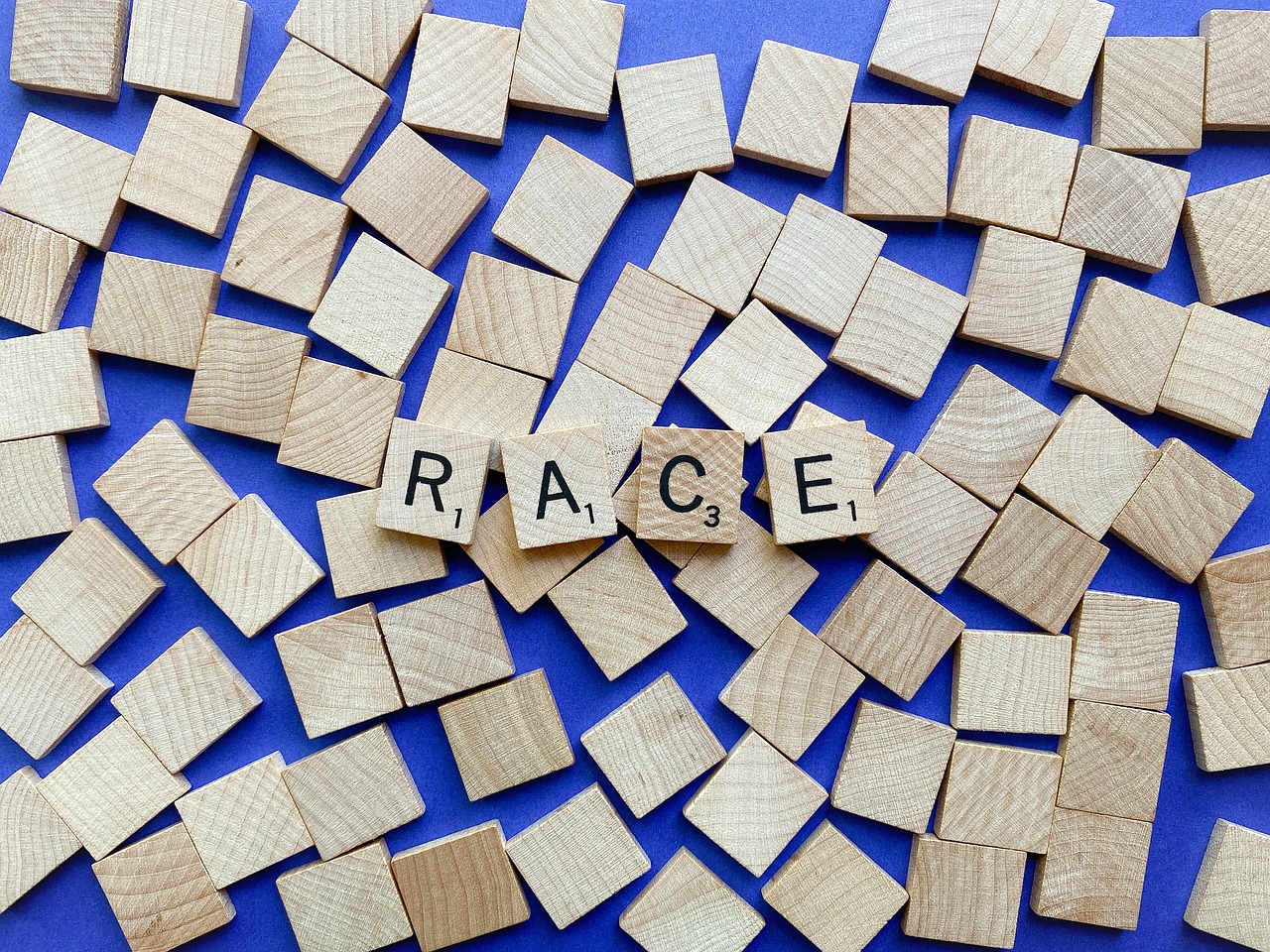
Promoting Cultural Diversity Through Education
Promoting cultural diversity through education is a vital aspect of fostering understanding and respect for different cultural backgrounds. By incorporating cultural diversity education into school curricula and community programs, individuals are exposed to a variety of perspectives, traditions, and values that contribute to a more inclusive society.
Through education, individuals can learn about the rich tapestry of cultures that make up our global community, gaining a deeper appreciation for the customs, beliefs, and practices of others. This exposure not only promotes tolerance but also encourages intercultural dialogue, breaking down barriers and fostering connections between people from diverse backgrounds.
Furthermore, cultural diversity education plays a crucial role in combating stereotypes and prejudices by challenging misconceptions and promoting empathy and understanding. By highlighting the similarities and differences between cultures, education encourages individuals to celebrate diversity rather than fear it.
One effective way to promote cultural diversity through education is by incorporating interactive learning experiences that allow individuals to engage directly with different cultures. This can include cultural exchange programs, language classes, and immersive experiences that provide firsthand exposure to diverse traditions and practices.
Additionally, integrating the arts, music, and literature from various cultures into educational curricula can help individuals develop a deeper understanding and appreciation for cultural diversity. By exploring the creative expressions of different communities, individuals can gain insight into the values and beliefs that shape cultural identities.
Overall, promoting cultural diversity through education is not just about learning facts and figures; it is about fostering a mindset of openness, curiosity, and respect towards all cultures. By embracing diversity and recognizing the beauty in our differences, we can create a more harmonious and inclusive society for future generations to thrive in.
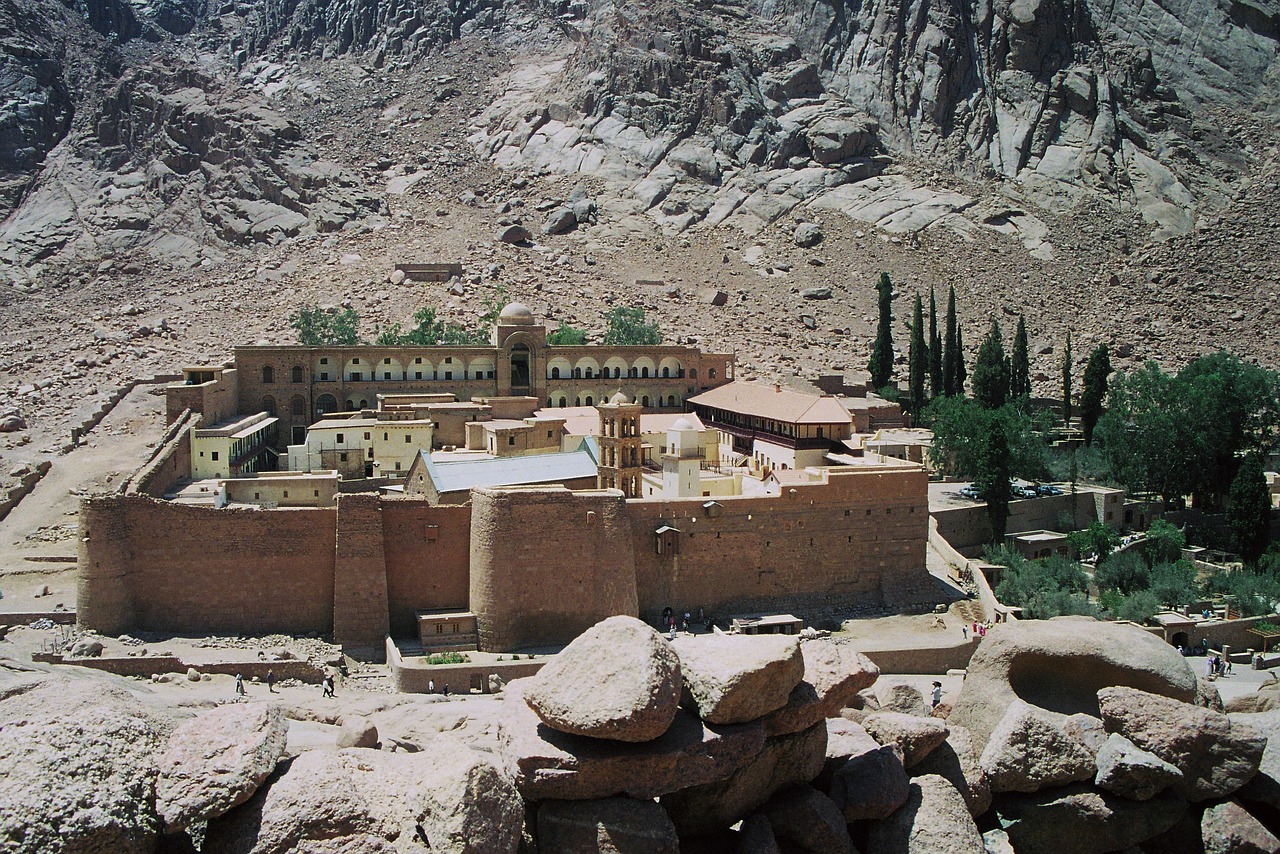
Role of Museums and Cultural Institutions
Museums and cultural institutions play a vital role in educating the public about the significance of preserving cultural heritage. These institutions serve as guardians of our past, showcasing artifacts, artworks, and historical documents that provide insights into different cultures and traditions. By curating exhibitions and organizing educational programs, museums contribute to raising awareness and promoting appreciation for diverse cultural identities.
Moreover, museums act as platforms for fostering dialogue and understanding among visitors from various backgrounds. Through interactive exhibits, guided tours, and workshops, cultural institutions create opportunities for people to engage with different cultural perspectives and histories. By offering a space for reflection and learning, museums encourage visitors to explore and respect the richness of human heritage.
Additionally, cultural institutions serve as advocates for the protection of cultural heritage. By conducting research, conservation efforts, and outreach programs, museums contribute to safeguarding valuable artifacts and intangible cultural practices. Through collaborations with communities and heritage organizations, museums play a crucial role in preserving and transmitting cultural traditions to future generations.

Empowering Communities Through Education
Education serves as a powerful tool in empowering communities to actively engage in the preservation, promotion, and transmission of their cultural heritage. By instilling a sense of pride and ownership in their traditions and practices, education enables individuals within a community to become advocates for their cultural identity. Through formal education in schools and informal learning opportunities within the community, individuals gain the knowledge and skills necessary to safeguard and celebrate their heritage.
Moreover, education plays a crucial role in fostering intergenerational transmission of cultural knowledge. By educating younger generations about the significance of traditional practices, rituals, languages, and craftsmanship, communities ensure that their cultural heritage is passed down from one generation to the next. This transmission of cultural knowledge not only preserves the unique identity of a community but also strengthens social cohesion and collective memory.
Furthermore, education empowers communities to resist external pressures that may threaten their cultural heritage. In a rapidly changing world influenced by globalization and modernization, communities face challenges in preserving their traditions and customs. Through education, communities are equipped with the tools to navigate these challenges and adapt their cultural practices to contemporary contexts while staying true to their roots.
Collaboration between educational institutions, cultural organizations, and community leaders is essential in empowering communities through education. By working together, these stakeholders can develop comprehensive educational programs that cater to the specific needs and aspirations of each community. Through workshops, seminars, and cultural events, communities can actively engage in the preservation and promotion of their cultural heritage, ensuring its vitality for future generations.

Integrating Technology in Cultural Education
Integrating technology in cultural education has revolutionized the way we learn about and engage with our heritage. By incorporating virtual tours, online resources, and interactive platforms, educators can bring cultural experiences to life in ways never before possible. These technological tools not only make cultural education more accessible but also enhance the learning experience by providing immersive and engaging content.
One of the key benefits of using technology in cultural education is the ability to reach a wider audience. Virtual tours, for example, allow people from all over the world to explore historical sites and museums without leaving their homes. This not only increases awareness and appreciation for different cultures but also helps to preserve and promote cultural heritage on a global scale.
Furthermore, technology can be used to create interactive learning experiences that cater to different learning styles. By incorporating multimedia elements, such as videos, audio recordings, and interactive quizzes, educators can engage students in a more dynamic and personalized way. This not only enhances retention and understanding but also makes learning about cultural heritage more enjoyable and memorable.
In addition, technology can facilitate collaboration and knowledge sharing among educators, researchers, and cultural institutions. Online platforms and digital archives provide a space for experts to exchange ideas, share resources, and collaborate on projects related to cultural heritage. This collaboration not only enriches the educational experience but also contributes to the preservation and promotion of cultural traditions and practices.

Safeguarding Intangible Cultural Heritage
Preserving intangible cultural heritage is essential in ensuring that unique traditions, practices, and knowledge are passed down through generations. Unlike tangible heritage, which includes physical artifacts and monuments, intangible cultural heritage encompasses oral traditions, performing arts, rituals, social practices, and traditional craftsmanship. These elements are deeply rooted in the identity of communities and play a significant role in shaping their cultural identity.
Education plays a crucial role in safeguarding intangible cultural heritage by raising awareness about its importance and promoting active participation in its preservation. By integrating education initiatives that focus on intangible heritage into school curricula and community programs, individuals are encouraged to value and respect these intangible aspects of their culture.
One effective way to safeguard intangible cultural heritage is through documentation and digital preservation. By utilizing technology to record oral traditions, document rituals, and capture traditional craftsmanship, communities can ensure that these practices are not lost to time. Digital archives and online resources provide a platform for sharing and transmitting intangible cultural heritage to a wider audience, contributing to its preservation.
Furthermore, fostering intergenerational transmission of intangible cultural heritage is vital in ensuring its continuity. Through educational programs that engage both the older generation, who hold traditional knowledge, and the younger generation, who are the future custodians of this heritage, communities can create a sustainable framework for safeguarding their intangible cultural practices.
Frequently Asked Questions
- What is the significance of cultural heritage education?
Cultural heritage education plays a crucial role in promoting understanding, respect, and appreciation for diverse cultural backgrounds. It helps in preserving traditions, fostering cultural identity, and combating stereotypes.
- How can education help in preserving traditional practices?
Education can aid in preserving traditional practices by teaching the importance of cultural heritage, passing down knowledge to future generations, and integrating traditional elements into modern contexts.
- What challenges does globalization pose to cultural heritage?
Globalization can threaten cultural heritage by homogenizing traditions, languages, and practices. Education empowers communities to protect and promote their unique cultural identities in the face of globalization.
- How do museums and cultural institutions contribute to cultural heritage education?
Museums and cultural institutions play a vital role in educating the public about the significance of preserving cultural heritage through exhibitions, workshops, and interactive experiences that engage visitors with diverse cultural traditions.
- Why is it important to safeguard intangible cultural heritage?
Safeguarding intangible cultural heritage, such as oral traditions and social practices, is essential for maintaining cultural diversity and ensuring the transmission of unique cultural expressions to future generations.




